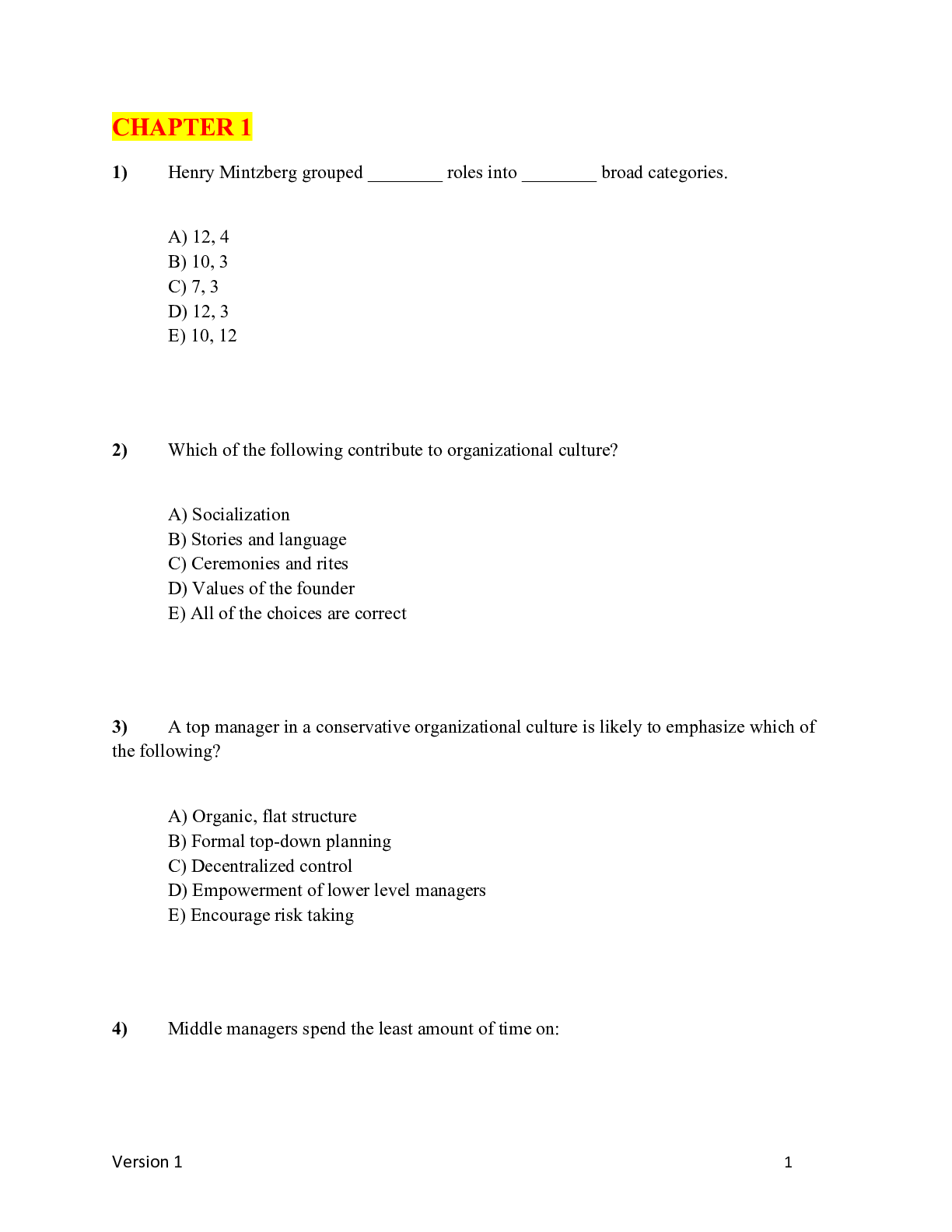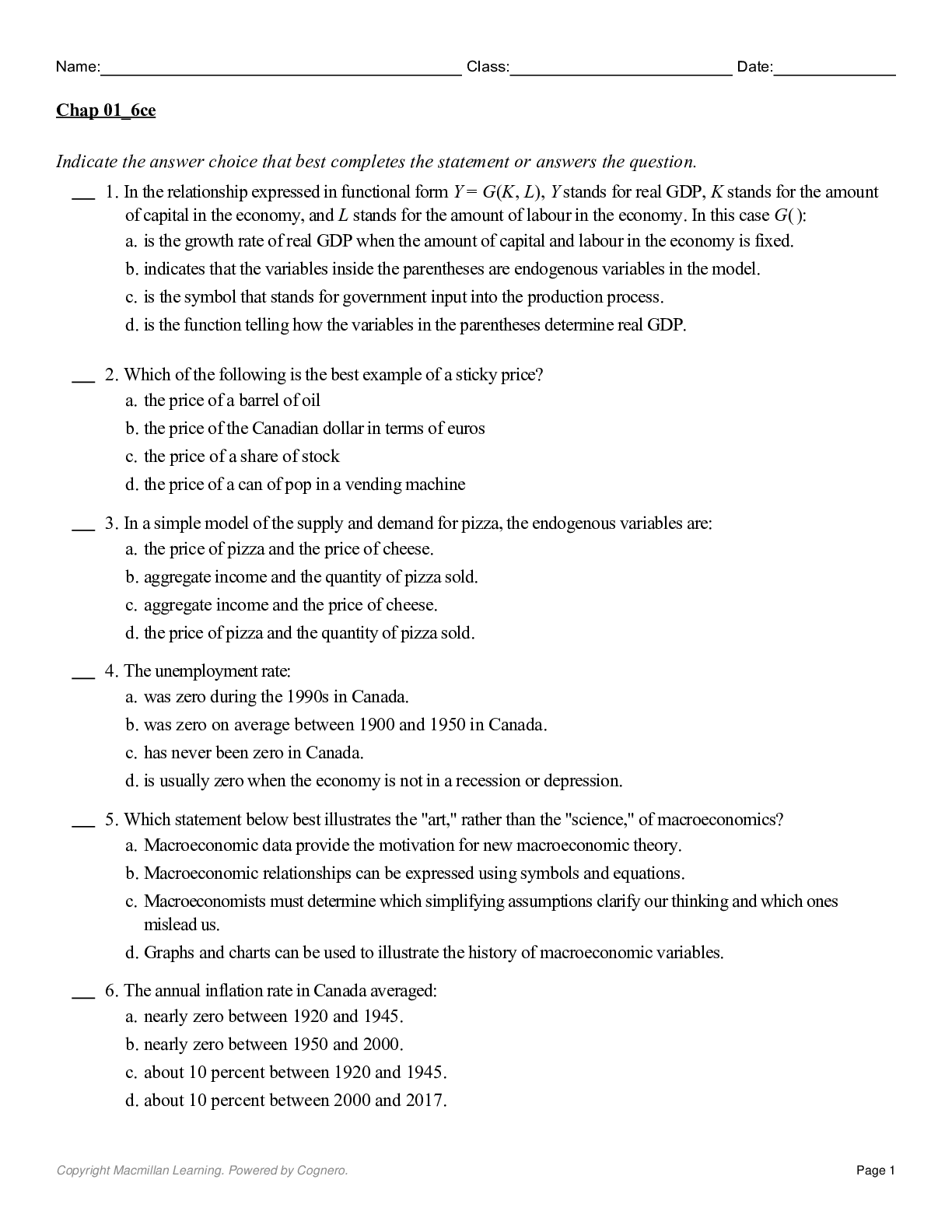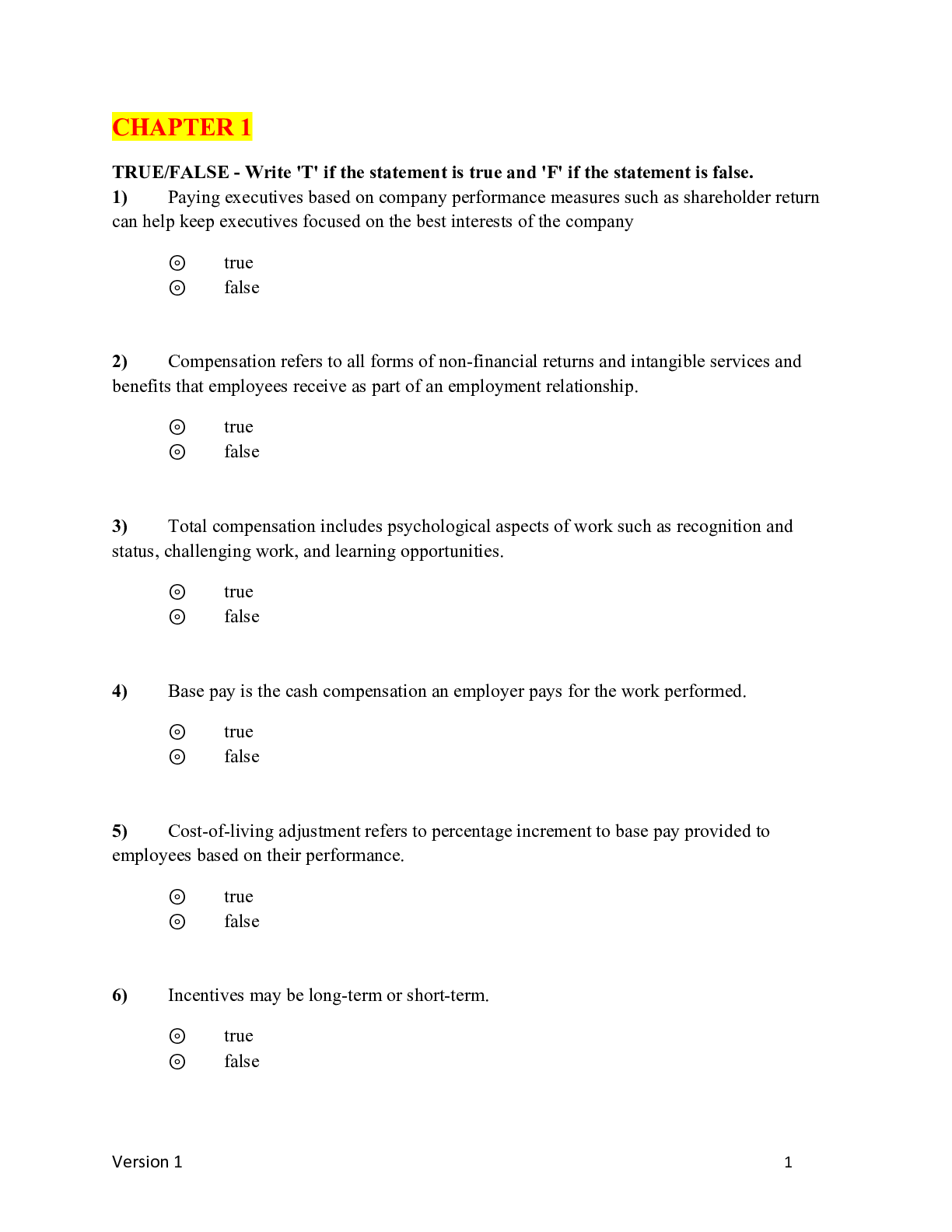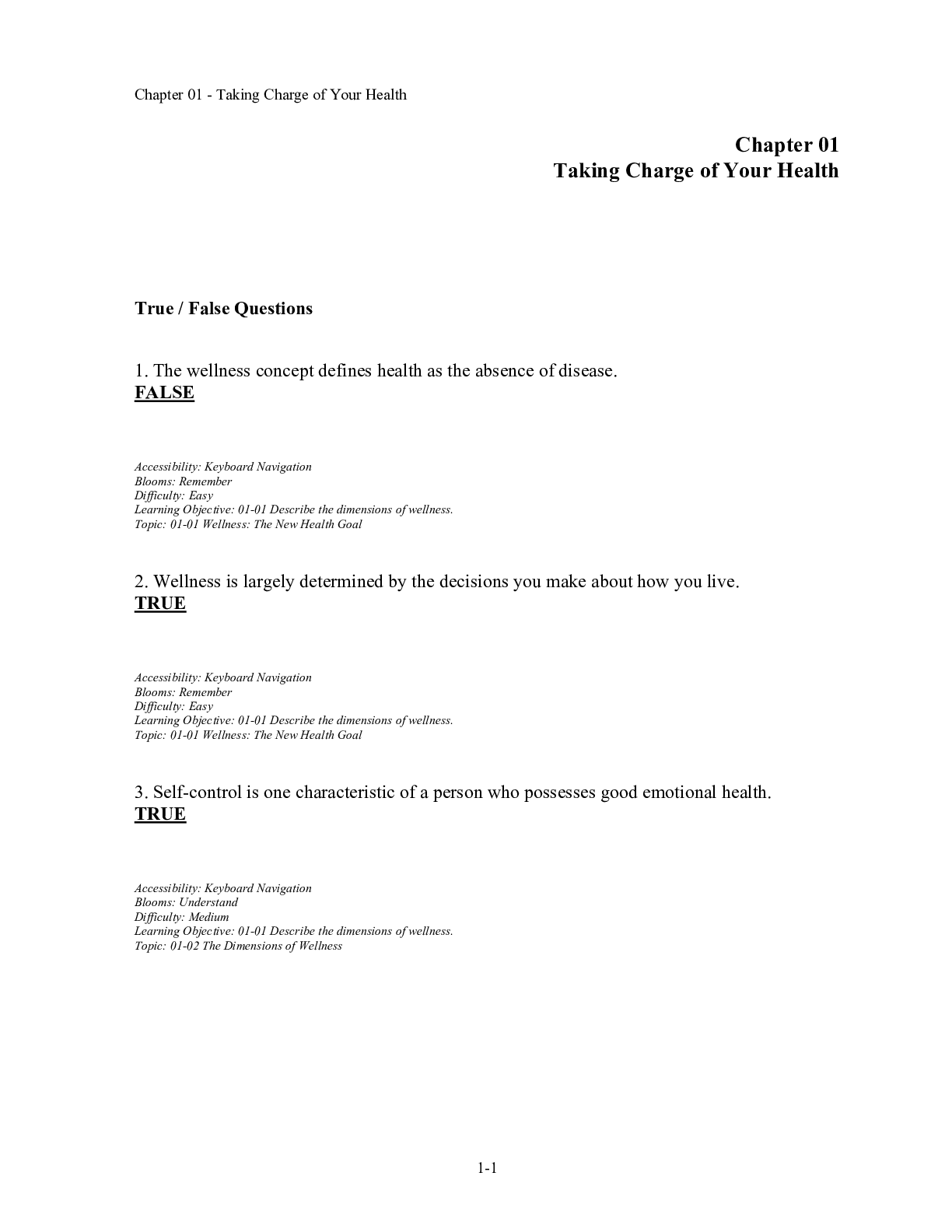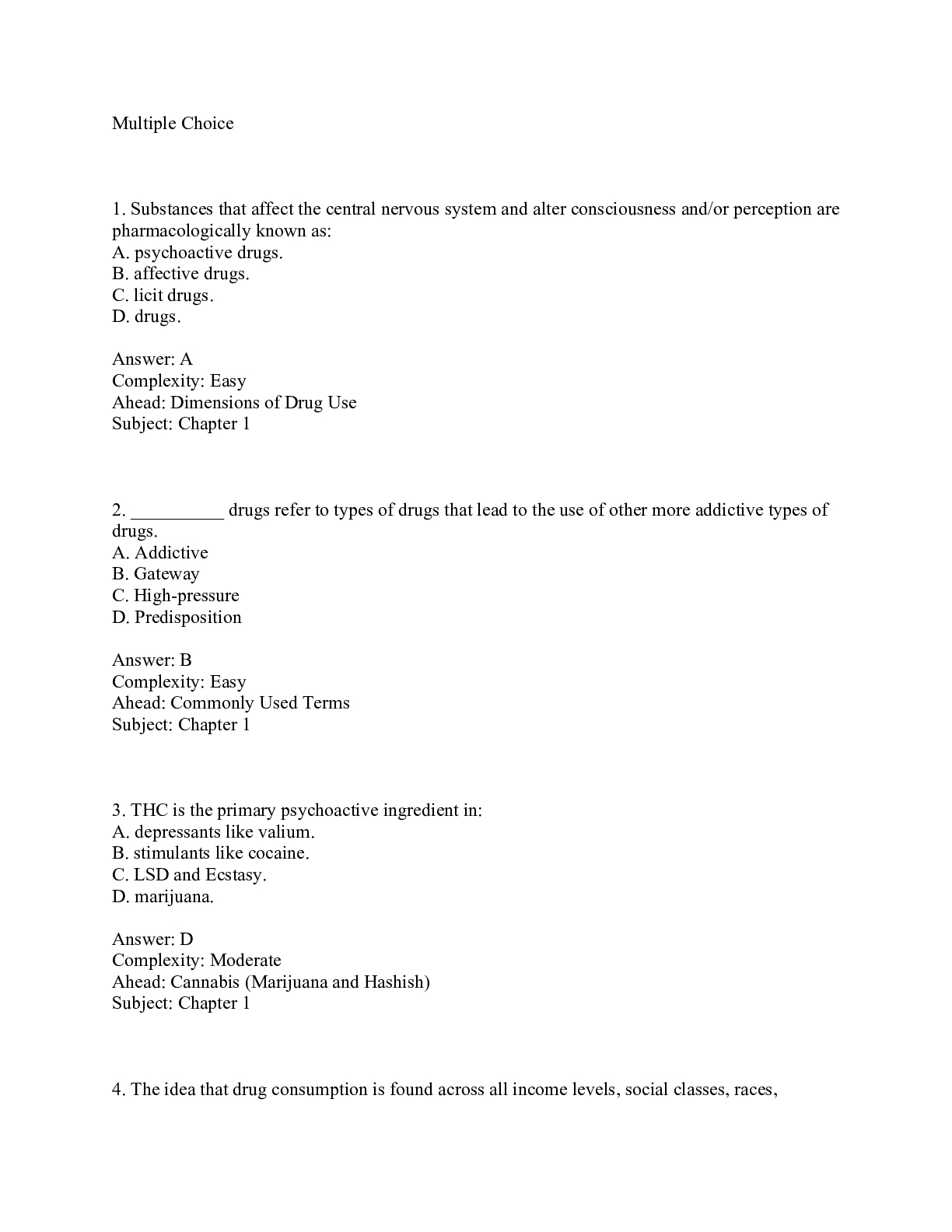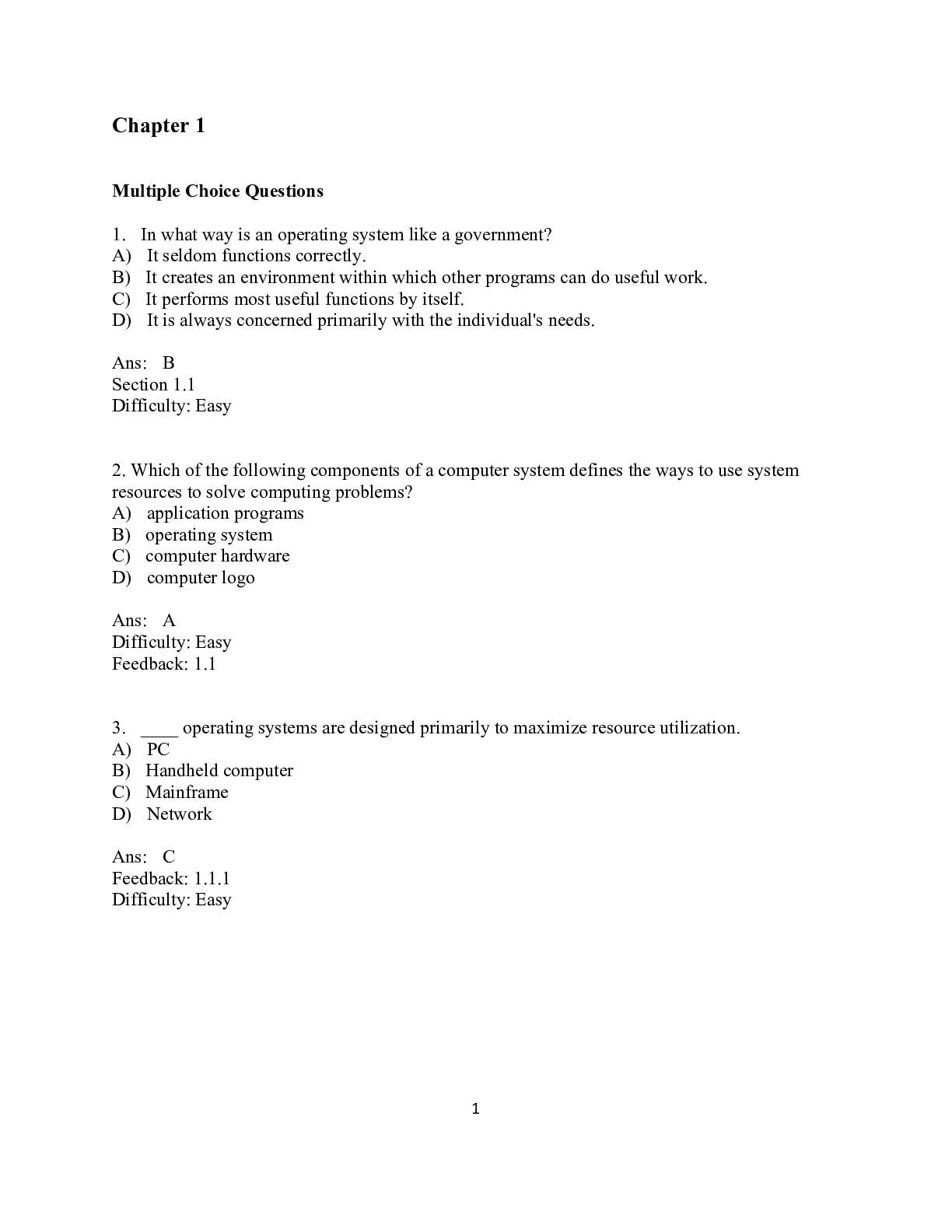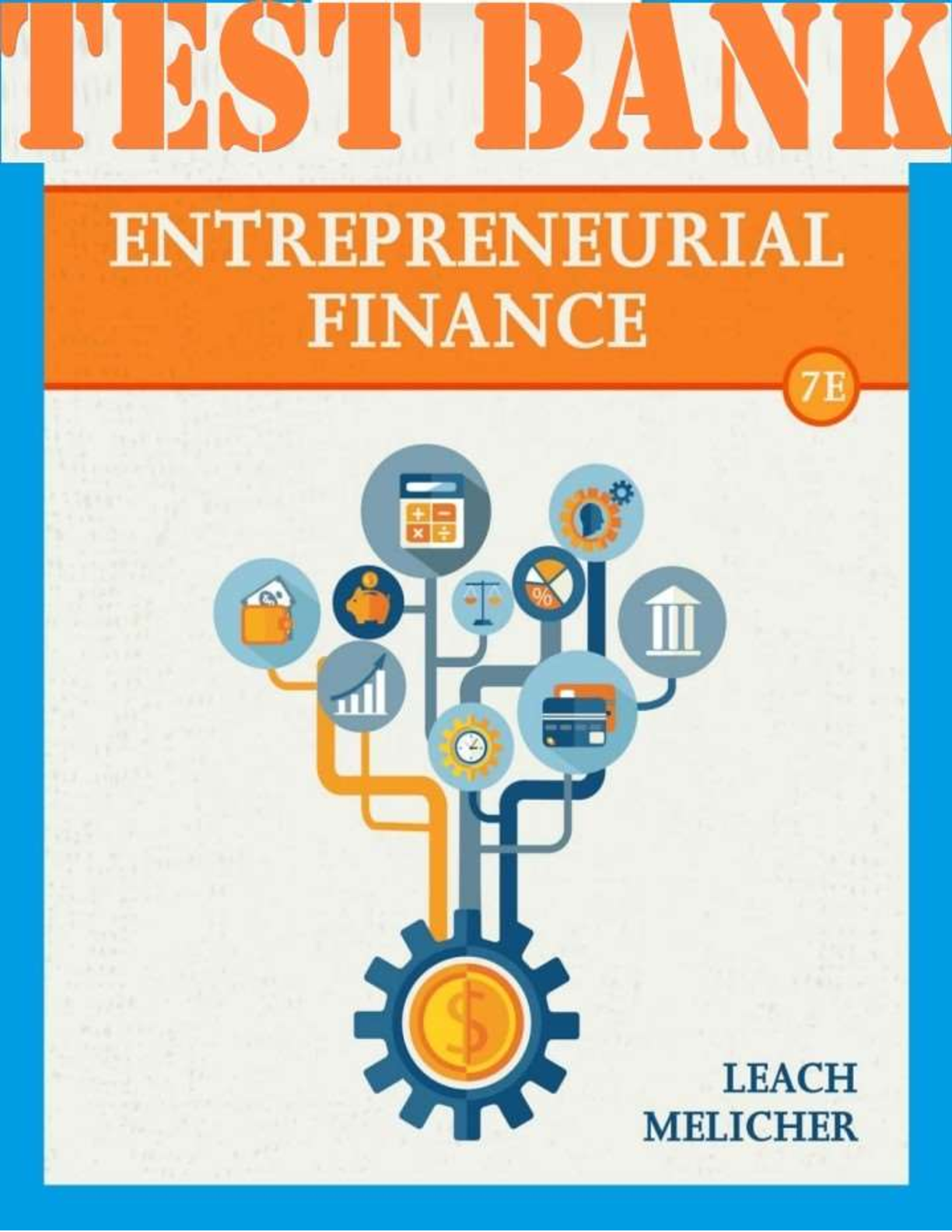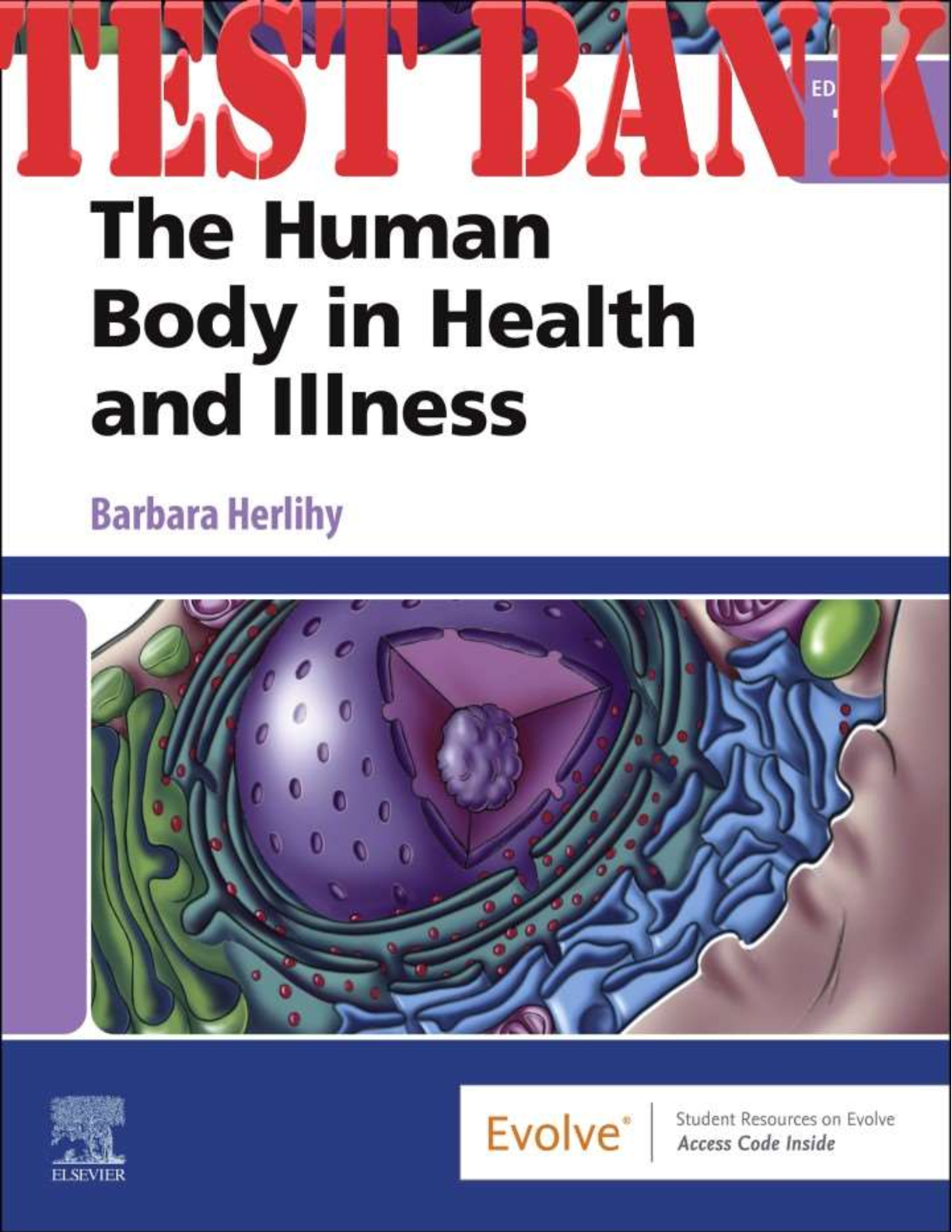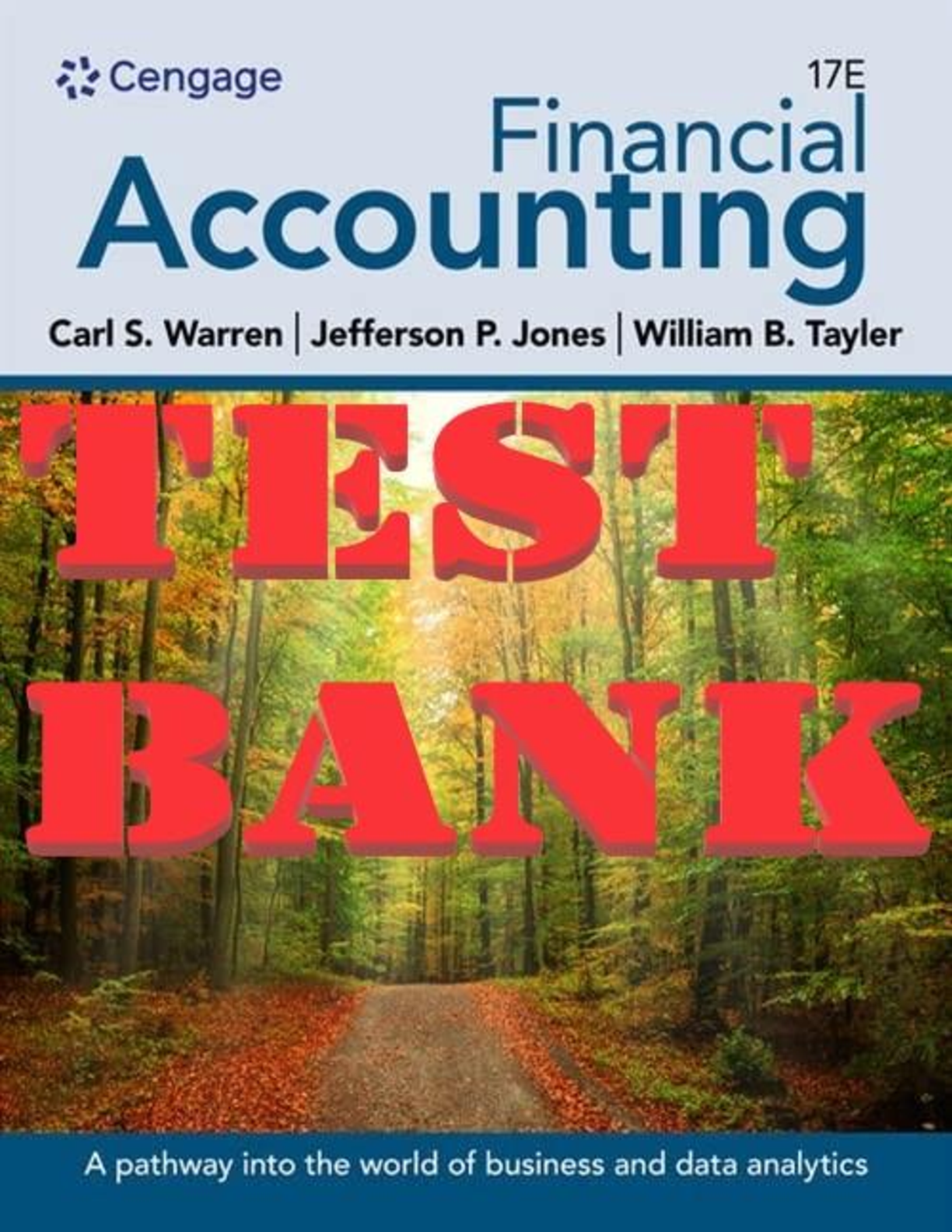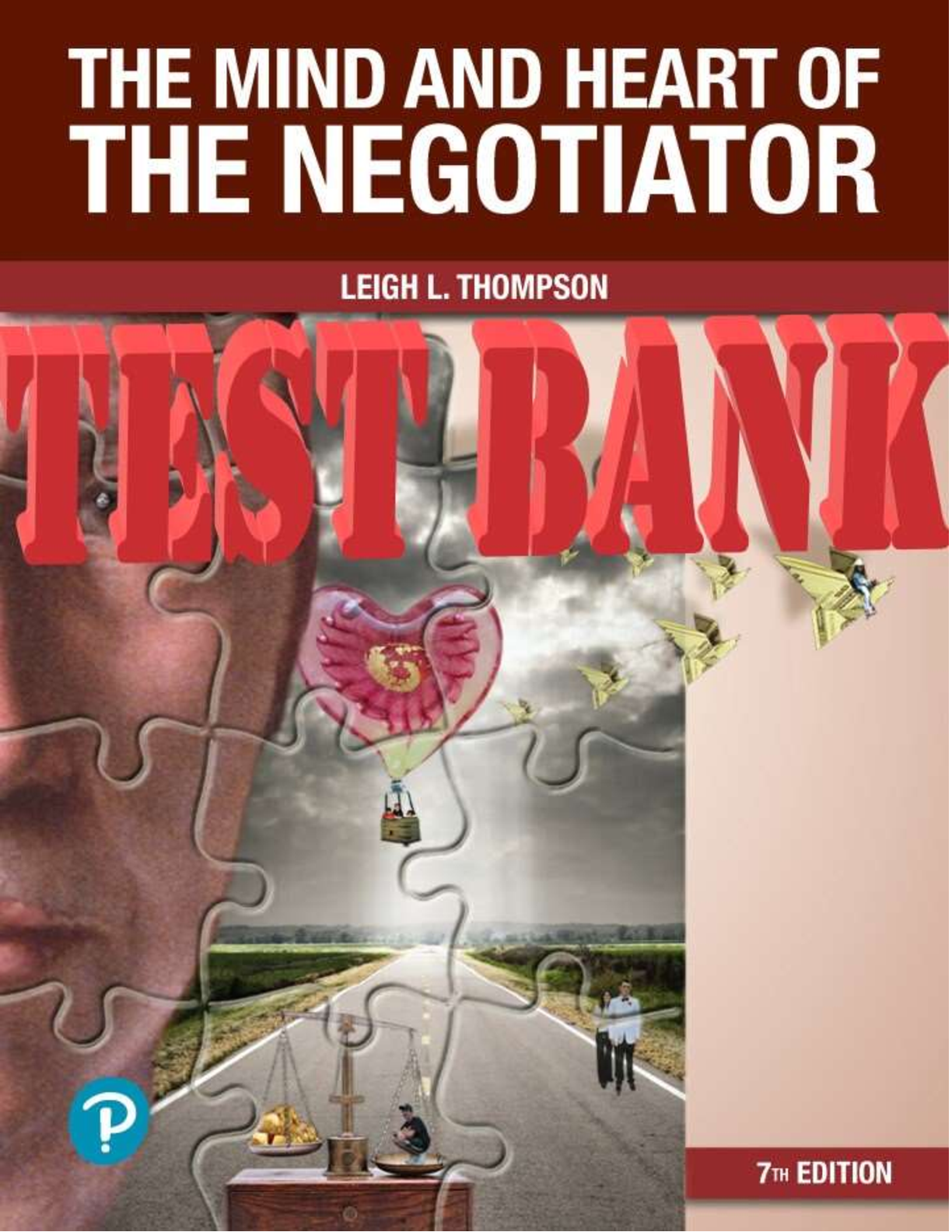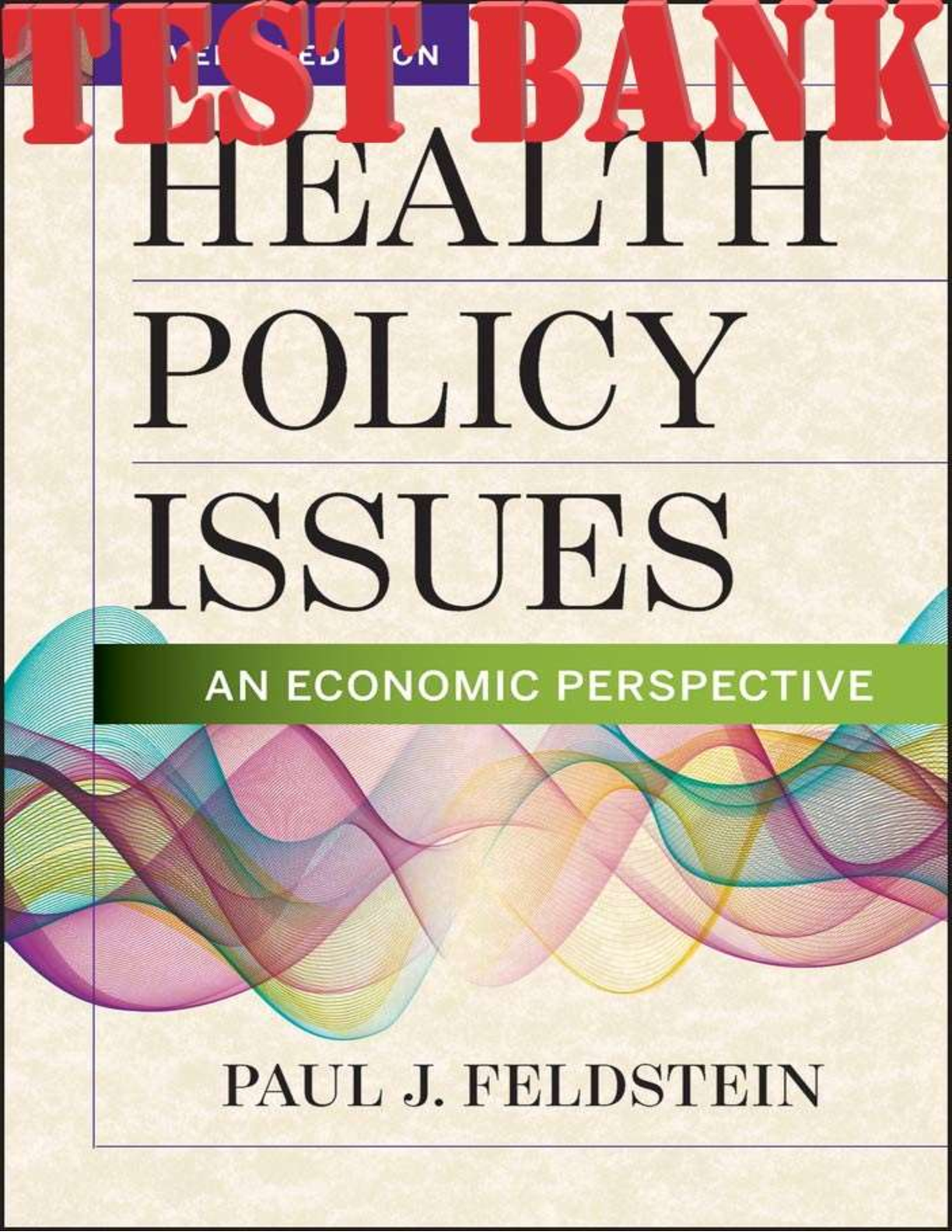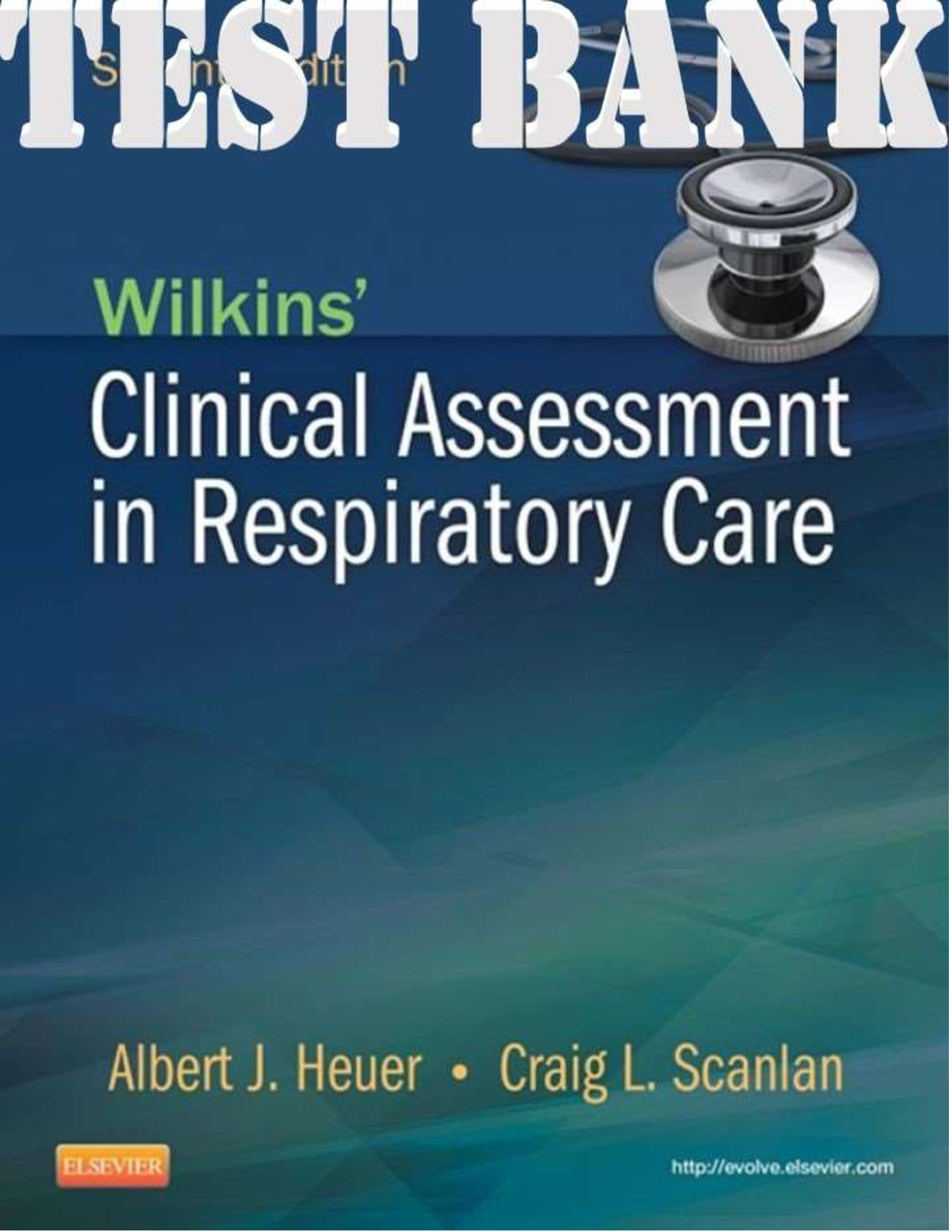Sociology > TEST BANK > Test Bank Social Problems in a Diverse Society, 7th Edition by Kendall (All)
Test Bank Social Problems in a Diverse Society, 7th Edition by Kendall
Document Content and Description Below
Test Bank for Social Problems in a Diverse Society, 7th Edition, 7e by Diana Kendall TEST BANK ISBN-13: 9780134732848 FULL CHAPTERS INCLUDED 1.1 How do sociologists define a social problem? ... 1.2 What is the sociological imagination, and how does it relate to microlevel and macrolevel analysis? 1.3 How do subjective awareness and objective reality differ? 1.4 How do the functionalist, conflict, and symbolic interactionist perspectives view society and social problems? 1.5 How do sociological research methods differ? 1.6 How might we apply functionalist, conflict, and symbolic interactionist perspectives to solving a social problem such as gun violence? Key Terms Questions for Critical Thinking 1.6 How might we apply functionalist, conflict, and symbolic interactionist perspectives to solving a social problem such as gun violence? Chapter 2 Wealth and Poverty: U.S. and Global Economic Inequities Learning Objectives Wealth and Poverty in Global Perspective Analyzing U.S. Class Inequality Wealth Versus Income Inequality Divisions in the U.S. Class Structure Poverty in the United States The Poverty Line Who Are the Poor? Age, Gender, Household Composition, and Poverty Race, Ethnicity, and Poverty Consequences of Poverty Health and Nutrition Housing Education Social Welfare in the United States Explanations for Poverty Is There a Solution to Poverty? Functionalist/Conservative Solutions to the Problem of Poverty Conflict/Liberal Solutions to the Problem of Poverty Symbolic Interactionist Solutions to the Problem of Poverty Summary 2.1 What is global stratification, and why is social stratification a worldwide problem? 2.2 How is the U.S. class structure divided? What is the difference in wealth and income? 2.3 What is the definition of poverty, and who are the poor in the United States? 2.4 How does poverty affect people’s health, nutrition, housing, and education? 2.5 What is the social welfare system? 2.6 What are three explanations for poverty, and what are their major strengths and limitations? 2.7 What solutions have been suggested for poverty? Key Terms Questions for Critical Thinking 2.1 What is global stratification, and why is social stratification a worldwide problem? 2.2 How is the U.S. class structure divided? What is the difference in wealth and income? 2.3 What is the definition of poverty, and who are the poor in the United States? 2.7 What solutions have been suggested for poverty? Chapter 3 Racial and Ethnic Inequality Learning Objectives Racial and Ethnic Inequality as a Social Problem What Are Race and Ethnicity? “Official” Racial and Ethnic Classifications Dominant and Subordinate Groups Racism, Prejudice, and Discrimination Perspectives on Racial and Ethnic Inequality Social-Psychological Perspective Symbolic Interactionist Perspective Functionalist Perspective Conflict Perspective Native Americans (American Indians) and Alaska Natives Colonized Migration and Genocide Forced Migration and Americanization Contemporary Native Americans and Alaska Natives African Americans Slavery and the Racial Division of Labor Segregation and Lynching Protests and Civil Disobedience Contemporary African Americans Latinos/as (Hispanic Americans) Internal Colonialism and Loss of Land Migration Contemporary Latinos/as Asian Americans, Native Hawaiians, and Pacific Americans Immigration and Oppression Internment Colonization Newer Waves of Asian Immigration Native Hawaiians and Other Pacific Islanders Contemporary Asian Americans, Native Hawaiians, and Pacific Americans Is There a Solution to Racial and Ethnic Inequality? Functionalist/Conservative Solutions to the Problem of Racial and Ethnic Inequality Conflict/Liberal Solutions to the Problem of Racial and Ethnic Inequality Symbolic Interactionist Solutions to the Problem of Racial and Ethnic Inequality Summary 3.1 How do racial and ethnic groups differ? 3.2 How are prejudice and discrimination related? How do individual and institutional discrimination differ? 3.3 How do interactionist, functionalist, and conflict perspectives view racial and ethnic inequalities? 3.4 What types of discrimination have been experienced by Native Americans and Alaska Natives? 3.5 What types of discrimination have been experienced by African Americans? 3.6 What are some of the major Latino/a (Hispanic American) categories living in the United States? What unique experiences have contributed to their inequality in this country? 3.7 What are the major categories of Asian Americans, Hawaiian Natives, and Pacific Americans? What unique historical and contemporary experiences have they had? 3.8 How do functionalist, conflict, and symbolic interactionist perspectives view the solution to racial and ethnic inequality? Key Terms Questions for Critical Thinking 3.1 How do racial and ethnic groups differ? 3.2 How are prejudice and discrimination related? How do individual and institutional discrimination differ? 3.3 How do interactionist, functionalist, and conflict perspectives view racial and ethnic inequalities? 3.4–3.7 What types of discrimination have been experienced by racial and ethnic groups in the United States? Chapter 4 Gender Inequality Learning Objectives Gender Inequality as a Social Problem Defining Sex and Gender Biological and Social Bases for Gender Roles Gender Inequality and Socialization Gender Socialization by Parents Peers and Gender Socialization Education and Gender Socialization Sports and Gender Socialization Traditional Media, Social Media, and Gender Socialization and Inequality Contemporary Gender Inequality at Work The Gendered Division of Paid Work The Wage Gap Gender Discrimination and Inequalities in Treatment Sexual Harassment The Glass Ceiling The Double Shift Perspectives on Gender Inequality The Symbolic Interactionist Perspective The Functionalist Perspective Conflict and Feminist Perspectives Global Gender Inequality Is There a Solution to Gender-Related Inequality? Functionalist/Conservative Solutions to the Problem of Gender Inequality Conflict/Liberal Solutions to the Problem of Gender Inequality Symbolic Interactionist Solutions to the Problem of Gender Inequality Summary 4.1 How does sex differ from gender? 4.2 What are the primary socializing agents? 4.3 How do traditional media and social media represent gender socialization and inequality based on gender? 4.4 How does the division of labor between men and women contribute to gender-based inequality? 4.5 Define the following gender-related problems in the workplace and home: sexual harassment, the glass ceiling, and the double (second) shift. 4.6 How do symbolic interactionist, functionalist, and conflict analysts explain gender inequality? 4.7 What are some of the key concerns pertaining to global gender inequality? 4.8 How do functionalist, conflict, and symbolic interactionist solutions to problems of gender inequality differ? Which of these do you think might be most effective in reducing gender inequality? Key Terms Questions for Critical Thinking 4.2 What are the primary socializing agents? 4.4 How does the division of labor between men and women contribute to gender-based inequality? 4.6 How do symbolic interactionist, functionalist, and conflict analysts explain gender inequality? Chapter 5 Inequality Based on Age Learning Objectives Ageism as a Social Problem Age-Based Stereotypes Social Inequality and the Life Course Childhood Adolescence and Emerging Adulthood Adolescence Emerging adulthood Young Adulthood Middle Age Later Maturity and Old Age Death and Dying Problems Associated with Age Stratification Workplace Discrimination Retirement and Changing Roles Health, Illness, and Health Care Victimization: Crime and Elder Abuse Family Problems of Older Persons Social Isolation Housing Patterns and Long-Term Care Facilities Perspectives on Aging and Social Inequality The Functionalist Perspective The Symbolic Interactionist Perspective Conflict and Feminist Perspectives Is There a Solution to Age-Based Inequality? Summary 5.1 What is ageism, and why is it considered a social problem? 5.2 What is the life course, and why are different stages problematic for some people? 5.3 How do people cope with the process of dying? 5.4 What types of problems do older people face today? 5.5 What are the most common crimes perpetrated against older people? 5.6 What are some of the most common problems older persons experience with their families as they grow older? 5.7 How do functionalist, symbolic interactionist, and conflict explanations of age-based inequality differ? 5.8 How might the lives of older people be improved in contemporary societies? Key Terms Questions for Critical Thinking 5.4 What is ageism, and why is it considered a social problem? 5.4 What types of problems do older people face today? 5.7 How do functionalist, symbolic interactionist, and conflict explanations of age-based inequality differ? 5.8 How might the lives of older people be improved in contemporary societies? Chapter 6 Inequality Based on Sexual Orientation Learning Objectives Nature and Extent of Inequality Based on Sexual Orientation Ideological Bases of Inequality Based on Sexual Orientation Religion and Sexual Orientation Law and Sexual Orientation Discrimination Based on Sexual Orientation Winning the Fight for Marital Rights Parental Rights Discrimination in Housing and Health Care Housing Discrimination Discrimination in Medical Care Discrimination in the Workplace and Military Workplace Discrimination Discrimination in the Military Victimization and Hate Crimes Perspectives on Sexual Orientation and Social Inequality Psychological Perspectives Symbolic Interactionist Perspectives Functionalist and Conflict Perspectives Is There a Solution to Inequality Based on Sexual Orientation? Functionalist/Conservative Solutions to the Problem Conflict/Liberal Solutions to the Problem Symbolic Interactionist Solutions to the Problem Summary 6.1 What criteria do sociologists use to study sexual orientation? How is sexual orientation related to sexuality and homophobia? 6.2 How do religion and law influence people’s beliefs about homosexuality? 6.3 How has past discrimination in marital rights and parental rights affected the LGBTQ community? What changes have occurred in recent years? 6.4 What types of discrimination do LGBTQ people experience in housing and health care? 6.5 What changes have been made in the workplace and the military to make these institutions more inclusive of the LGBTQ population? 6.6 How have changes in hate crime laws affected LGBTQ persons? 6.7 How do psychologists and sociologists explain sexual orientation? 6.8 How have gay rights advocates sought to reduce inequality based on sexual orientation? Key Terms Questions for Critical Thinking 6.1 What criteria do sociologists use to study sexual orientation? How is sexual orientation related to sexuality and homophobia? 6.7 How do psychologists and sociologists explain sexual orientation? 6.8 How have gay rights advocates sought to reduce inequality based on sexual orientation? Chapter 7 Prostitution, Pornography, and Sex Trafficking Learning Objectives Deviance, the Sex Industry, and Social Problems Prostitution in Global Perspective The Global Sex Industry and Human Trafficking Health and Safety Aspects of Prostitution Prostitution in the United States The Nature of Prostitution The Extent of Prostitution Prostitution and Age, Class, and Race Sociological Perspectives on Prostitution The Functionalist Perspective The Symbolic Interactionist Perspective The Conflict Perspective Pornography The Social Construction of Pornography as a Social Problem The Nature and Extent of Pornography Research on Pornography Pornography and Age, Gender, Class, and Race Is There a Solution to Problems Associated with Prostitution, Pornography, and the Sex Industry? Functionalist/Conservative Solutions Conflict/Liberal Solutions Symbolic Interactionist Solutions Summary 7.1 How do sociologists view deviance? 7.2 What is prostitution, and why is to referred to as the “world’s oldest profession”? 7.3 What part have industrialization, normalization, and globalization played in the growth of the sex industry and global sex trafficking? 7.4 What are the primary types of health and safety concerns of people engaged in prostitution? 7.5 How are age, class, and race related to prostitution in the United States? 7.6 What are the functionalist, symbolic interactionist, and conflict perspectives on prostitution and the sex industry? 7.7 What is the social construction of pornography, and how does it differ from obscenity and erotica? How has pornography changed in recent years? 7.8 Have solutions been identified for problems associated with prostitution, pornography, and the sex industry? Key Terms Questions for Critical Thinking 7.6 What are the functionalist, symbolic interactionist, and conflict perspectives on prostitution and the sex industry? 7.7 What is the social construction of pornography, and how does it differ from obscenity and erotica? How has pornography changed in recent years? Chapter 8 Alcohol and Other Drugs Learning Objectives Drug Use and Abuse Defining Drug Abuse Drug Addiction Alcohol Use and Abuse Alcohol Consumption and Class, Gender, Age, and Race Alcohol Consumption, Personal Health, and Family Problems Personal Health Problems Family Problems Alcohol Consumption and Public Problems: Work and Driving Safety Problems in the Workplace Public Safety: Driving and Drinking Tobacco (Nicotine) Use as a Social Problem Who Is Most Likely to Smoke? Effects of Smoking Prescription Drugs, Over-the-Counter Drugs, and Caffeine Prescription Drugs Over-the-Counter Drugs Caffeine Illegal Drug Use and Abuse Marijuana Stimulants Cocaine and Crack Amphetamines and Methamphetamines Depressants Narcotics Hallucinogens Explanations of Drug Abuse Biological Explanations Psychological Explanations Sociological Explanations The Symbolic Interactionist Perspective The Functionalist Perspective The Conflict Perspective Is There a Solution to Problems Associated with Alcohol and Drug Abuse? Prevention Programs Treatment Programs The Medical Treatment Model The Therapeutic Community Summary 8.1 What is drug abuse, and what are two essential characteristics of drug dependency? 8.2 How are class, gender, age, and race related to drinking behavior? 8.3 What are the major problems associated with alcohol abuse and alcoholism? 8.4 Based on race-ethnicity, age, gender, and education, which categories of people are likely to have the highest rates of smoking? 8.5 What problems are associated with the overuse and abuse of prescription drugs, over-the-counter drugs, and caffeine? 8.6 What are the most commonly used illegal drugs? 8.7 What are the major differences in biological, psychological, and sociological explanations of drug abuse? 8.8 How do prevention programs differ from treatment programs and the therapeutic community approach for reducing alcohol and drug abuse? Key Terms Questions for Critical Thinking 8.4 Based on race-ethnicity, age, gender, and education, which categories of people are likely to have the highest rates of smoking? 8.6 What are the most commonly used illegal drugs? 8.7 What are the major differences in biological, psychological, and sociological explanations of drug abuse? 8.8 How do prevention programs differ from treatment programs and the therapeutic community approach for reducing alcohol and drug abuse? Chapter 9 Crime and Criminal Justice Learning Objectives Crime as a Social Problem Problems with Official Statistics Defining Crime and Delinquency Juvenile Delinquency Violent Crime Property Crime Workplace and Occupational (White-Collar) Crime Organized Crime Biological and Psychological Explanations of Crime Biological Explanations Psychological Explanations Sociological Explanations of Crime The Functionalist Perspective The Conflict Perspective The Symbolic Interactionist Perspective The Criminal Justice System The Police The Courts Punishment and the Prisons The Death Penalty Is There a Solution to the Crime Problem? Functionalist/Conservative Solutions Conflict/Liberal Solutions Symbolic Interactionist Solutions Summary 9.1 How is crime defined, and what is the difference between a felony and a misdemeanor? Does age make a difference in determining how offenses are classified? 9.2 What is violent crime? Why is rape as a violent crime not well understood? 9.3 What is property crime? 9.4 What is workplace/occupational crime? How does workplace/occupational crime differ from corporate crime? 9.5 What is organized crime, and why does it flourish in the United States? 9.6 What are biological and psychological explanations for criminal behavior? 9.7 How do functionalist, conflict, and symbolic interactionist perspectives on criminal behavior differ? 9.8 What are the components of the criminal justice system? 9.9 What solutions to the crime problem are suggested by functionalist/conservative, conflict/liberal, and symbolic interactionist approaches? Key Terms Questions for Critical Thinking 9.2 What is violent crime? Why is rape as a violent crime not well understood? 9.7 How do functionalist, conflict, and symbolic interactionist perspectives on criminal behavior differ? 9.9 What solutions to the crime problem are suggested by functionalist/conservative, conflict/liberal, and symbolic interactionist approaches? Chapter 10 Health Care: Problems of Physical and Mental Illness Learning Objectives Health Care as a Social Problem Acute and Chronic Diseases and Disability The HIV/AIDS Crisis: A Case Study of an Epidemic Mental Illness as a Social Problem Race, Class, Gender, and Mental Disorders Paying for Health Care in the United States The Affordable Care Act Health Care Organization, Rising Costs, and Unequal Access Private Health Insurance Public Health Insurance Medicaid The Uninsured Race, Class, Gender, and Health Care Sociological Explanations and Solutions The Functionalist Perspective The Conflict Perspective The Symbolic Interactionist Perspective Summary 10.1 Why is health care a social problem, and what basic measures do we use to evaluate the health of a nation? 10.2 What kinds of health problems cause most of today’s high health care costs? 10.3 Why is AIDS considered a major health problem in the United States? 10.4 Why is mental illness a social problem? What is deinstitutionalization, and how is it related to the treatment of mental illness? 10.5 How has health care been financed in the United States? How were the Affordable Care Act and the American Health Care Act supposed to reduce costs of care and provide more adequate coverage for the U.S. population? 10.6 What is the difference between Medicare and Medicaid? 10.7 How do race, class, and gender affect health care? 10.8 What are the sociological explanations for health care problems? Key Terms Questions for Critical Thinking Chapter 11 The Changing Family Learning Objectives The Nature of Families Changing Family Structure and Patterns Are U.S. Families in Decline? Changing Views on Marriage and Families Diversity in Intimate Relationships and Families Singlehood Postponing Marriage Cohabitation and Domestic Partnerships 11.3.4 Same-Sex Marriages Family Life and Employment in Two-Parent and One-Parent Households Two-Parent Households with Dual or Single Incomes One-Parent Households Child-Related Family Issues Reproductive Freedom, Contraception, and Abortion Infertility and Reproductive Technologies Adoption Teen Pregnancies and Unmarried Young Motherhood Divorce and Remarriage Domestic Violence Child Maltreatment Intimate Partner Violence Social Responses to Intimate Partner Violence Sociological Explanations and Solutions Functionalist Perspectives Functionalist/Conservative Solutions Conflict and Feminist Perspectives Conflict and Feminist Solutions Symbolic Interactionist Perspectives Symbolic Interactionist Solutions Summary 11.1 What is a family? 11.2 How have views about marriage and family changed over time? Do these changes mean that U.S. families are in decline? 11.3 What changes have occurred regarding singlehood, postponement of marriage, cohabitation, and same-sex marriage in the twenty-first century? 11.4 Is a two-parent family always preferable to a one-parent family? How do people balance family and career in dual-earner marriages? 11.5 Why is reproductive freedom such a controversial issue? 11.6 Who gets divorced, and do most people remarry? 11.7 What is domestic violence, and how can we reduce child maltreatment and intimate partner violence in the United States? 11.8 What are the sociological perspectives on family-related problems? Key Terms Questions for Critical Thinking 11.2 How have views about marriage and family changed over time? Do these changes mean that U.S. families are in decline? 11.4 Is a two-parent family always preferable to a one-parent family? How do people balance family and career in dual-earner marriages? 11.7 What is domestic violence, and how can we reduce child maltreatment and intimate partner violence in the United States? 11.8 What are the sociological perspectives on family related problems? Chapter 12 Problems in Education Learning Objectives Sociological Perspectives on Education Functionalist Perspectives Socialization Transmission of culture Social control Social placement Change and innovation Conflict Perspectives Symbolic Interactionist Perspectives Problems in U.S. Education Functional Illiteracy Immigration and Diversity in Schools in the Trump Era Educational Opportunities and Inequalities Based on Race and Class School Safety and Violence Problems in School Financing Voucher Programs Charter Schools and For-Profit Schools Problems in Higher Education: Two-Year and Four-Year Colleges and Universities The Soaring Cost of a College Education Community Colleges Four-Year Colleges and Universities The Continuing Debate over Affirmative Action Racial and Ethnic Minorities: Underrepresentation and Discrimination Are There Solutions to Educational Problems? Functionalist/Conservative Solutions Conflict/Liberal Solutions Symbolic Interactionist Solutions Summary 12.1 What is education, and how do functionalist, conflict, and symbolic interactionist perspectives differ on education? 12.2 What educational problems are associated with functional illiteracy, immigration, language barriers, and inequalities based on race, class, and gender? 12.3 How have school safety and violence affected our schools? 12.4 What is the crisis in school financing? 12.5 What are school vouchers, and why do some people believe that this system is a solution to educational financing problems? 12.6 What are charter schools and for-profit schools? 12.7 What are the major problems in higher education? 12.8 How would functionalist/conservative, conflict/liberal, and symbolic interactionist approaches address the urgent educational problems of the twenty-first century? Key Terms Questions for Critical Thinking 12.2 What educational problems are associated with functional illiteracy, immigration, language barriers, and inequalities based on race, class, and gender? 12.3 How have school safety and violence affected our schools? 12.4 What is the crisis in school financing? Chapter 13 Problems in Politics and the Global Economy Learning Objectives Politics, Government, and the Political Economy Economic Systems and the Underground Economy Capitalism Socialism Mixed Economies The Underground (Informal) Economy Problems in the Global Economy Inequality Based on Uneven Economic Development Multinational, Transnational, and International Companies, and the Lack of Accountability Problems in the U.S. Economy Concentration of Wealth Corporate Welfare The National Debt and Consumer Debt Unemployment Problems in U.S. Politics Political Parties, Elections, and Public Discontent Partisanship, Voter Participation, and the Gender Gap Raising and Spending Money in Political Campaigns Government Power by Special-Interest Groups, Bureaucracy, and the Military-Industrial Complex Government by Bureaucracy The Military-Industrial Complex Sociological Perspectives on the Political Economy The Functionalist Perspective The Conflict Perspective Are There Solutions to Problems in Politics and the Economy? Summary 13.1 Why it is important to distinguish between politics, government, economy, and the political economy? 13.2 What kind of economic system does the United States have? 13.3 How is inequality related to a society’s predominant type of work? 13.4 How have concentration of wealth, corporate welfare, debt, and unemployment negatively affected the United States? 13.5 Why is partisanship a problem? What about voter participation and the gender gap? 13.6 Why have campaign contributions been an issue in recent elections? 13.7 What is the military-industrial complex? 13.8 What are the sociological perspectives on the political economy? Key Terms Questions for Critical Thinking 13.4 How have concentration of wealth, corporate welfare, debt, and unemployment negatively affected the United States? 13.5 Why is partisanship a problem? What about voter participation and the gender gap? 13.6 Why have campaign contributions been an issue in recent elections? Chapter 14 Problems in the Media Learning Objectives The Importance of the Media in Contemporary Life The Political Economy of Media Industries Media Ownership, Control, and Concentration Problems Associated with Convergence Global Media Issues Potential Effects of Aggression and Violence in the Media Media Stereotyping of Race, Ethnicity, Gender, and Religion Racial and Ethnic Stereotyping Gender Stereotyping Sociological Perspectives on Media-Related Problems The Symbolic Interactionist Perspective The Functionalist Perspective The Conflict Perspective Are There Solutions to Media-Related Problems? Summary 14.1 What are the media industries? Why are various forms of media so important in contemporary societies? 14.2 What part does technology play in how various media industries change over time? 14.3 How has media ownership changed? 14.4 Why are media convergence and concentration a major problem today? 14.5 What potential problems are associated with global media concentration? 14.6 Why are some media critics concerned about depictions of violence in the media? 14.7 What is a stereotype, and how do the media perpetuate stereotypes about gender and racial and ethnic groups? 14.8 How do symbolic interactionists, functionalists, and conflict perspectives explain the influence of the media on individuals? Key Terms Questions for Critical Thinking 14.3 How has media ownership changed? 14.4 Why are media convergence and concentration a major problem today? 14.7 What is a stereotype, and how do the media perpetuate stereotypes about gender and racial and ethnic groups? Chapter 15 Population, Global Inequality, and the Environmental Crisis Learning Objectives Global Overpopulation Fertility Mortality Migration The Effects of Population Composition and Growth The Malthusian Perspective The Marxist Perspective The Neo-Malthusian Perspective Demographic Transition Theory Other Perspectives on Population Change World Hunger and Malnutrition The Green Revolution The Biotechnological Revolution Controlling Fertility Family Planning Zero Population Growth Immigration and Its Consequences Immigration in the United States Legal Immigration Illegal immigration Consequences of Immigration Immigration Outside of the United States Population and the Environment Economic Growth and Environmental Degradation Air Pollution and Climate Change Depletion of the Ozone Layer Climate Change Problems with Water, Soil, and Forests Water Shortages and Pollution Soil Depletion and Desertification Solid, Toxic, and Nuclear Wastes Solid Waste Toxic Waste Nuclear Waste Technological Disasters Sociological Perspectives and Solutions for Population and Environmental Problems The Functionalist Perspective The Conflict Perspective The Symbolic Interactionist Perspective Summary 15.1 What is the global population, and why is population growth a problem? 15.2 How does population growth affect a society, and what are the major theoretical perspectives on overpopulation? 15.3 What solutions do we have to world hunger? 15.4 What factors determine whether a society will slow its rate of population growth? 15.5 How is immigration changing the population composition of the United States and other countries? 15.6 What is environmental degradation, and what are its causes? 15.7 What are the various sociological perspectives on population and the environment? Key Terms Questions for Critical Thinking 15.3 What solutions do we have to world hunger? 15.5 How is immigration changing the population composition of the United States and other countries? 15.6 What is environmental degradation, and what are its causes? 15.7 What are the various sociological perspectives on population and the environment? Chapter 16 Urban Problems Learning Objectives Changes in U.S. Cities Early Urban Growth and Social Problems Contemporary Urban Growth Urban Problems in the United States Fiscal Crises in Cities Housing Problems The Shortage of Affordable Housing The Housing Meltdown of the Twenty-First Century Homelessness Racial and Ethnic Segregation Problems in Global Cities Sociological Perspectives and Solutions to Urban Problems The Functionalist Perspective The Conflict Perspective The Symbolic Interactionist Perspective Summary 16.1 How did urbanization come about? 16.2 What are the problems in urban America? 16.3 What are the major problems in global cities? 16.4 What are the sociological perspectives on urban problems? Key Terms Questions for Critical Thinking 16.2 What are the problems in urban America? Chapter 17 Global Social Problems: War and Terrorism Learning Objectives War as a Social Problem The Nature of War The Persistence of War The Consequences of War Casualties and Civilian Deaths Nuclear War and Weapons of Mass Destruction Disability and Trauma Patriotism Military Technology and War Global Terrorism Terrorism in the United States Biological and Psychological Perspectives on War and Terrorism Biological Perspectives Psychological Perspectives Sociological Perspectives on War and Terrorism The Functionalist Perspective The Conflict Perspective The Symbolic Interactionist Perspective Solutions to War and Terrorism Summary 17.1 What is war? 17.2 What are the consequences of war? 17.3 What is the role of military technology in winning a war? 17.4 What is terrorism? 17.5 What forms of terrorism represent the greatest potential threat to U.S. citizens? 17.6 What are the biological and psychological perspectives on war and terrorism? 17.7 What are the sociological perspectives on war and terrorism? 17.8 What are some solutions to war and terrorism? Key Terms Questions for Critical Thinking 17.3 What is the role of military technology in winning a war? 17.5 What forms of terrorism represent the greatest potential threat to U.S. citizens? 17.8 What are some solutions to war and terrorism? Chapter 18 Can Social Problems Be Solved? Learning Objectives The Problem with Tackling Social Problems Ideal versus Practical Solutions Defining the Problem versus Fixing It Social Change and Reducing Social Problems Microlevel Attempts to Solve Social Problems Seeking Individual Solutions to Personal Problems Limitations of the Microlevel Solutions Approach Midrange Attempts to Solve Social Problems Groups That Help People Cope with Their Problems Grassroots Groups That Work for Community-Based Change Limitations of the Midrange Solutions Approach Macrolevel Attempts to Solve Social Problems Working Through Special-Interest Groups for Political Change Working Through National and International Social Movements to Reduce Problems Limitations of the Macrolevel Solutions Approach Final Review of Social Theories and Social Problems The Functionalist Perspective The Conflict Perspective The Symbolic Interactionist Perspective Summary 18.1 Why is it difficult to reduce or eliminate social problems? 18.2 How is social change defined, and why is it important in reducing social problems? 18.3 What are microlevel solutions to social problems? What are the limitations of this approach? 18.4 How do midrange solutions deal with social problems? What are the limitations of this approach? 18.5 What are macrolevel solutions to social problems? What are the limitations of this approach? 18.6 What three key factors can be used to differentiate special-interest groups? How can collective behavior be used by special-interest groups? 18.7 What are the key characteristics of the five major categories of national social movements? 18.8 What are the primary focuses of functionalist, conflict, and symbolic interactionist approaches to solving social problems? Key Terms Questions for Critical Thinking 18.7 What are the key characteristics of the five major categories of national social movements? 18.8 What are the primary focuses of functionalist, conflict, and s [Show More]
Last updated: 1 year ago
Preview 1 out of 211 pages
Instant download

Buy this document to get the full access instantly
Instant Download Access after purchase
Add to cartInstant download
Reviews( 0 )
Document information
Connected school, study & course
About the document
Uploaded On
Dec 26, 2022
Number of pages
211
Written in
Additional information
This document has been written for:
Uploaded
Dec 26, 2022
Downloads
0
Views
123

